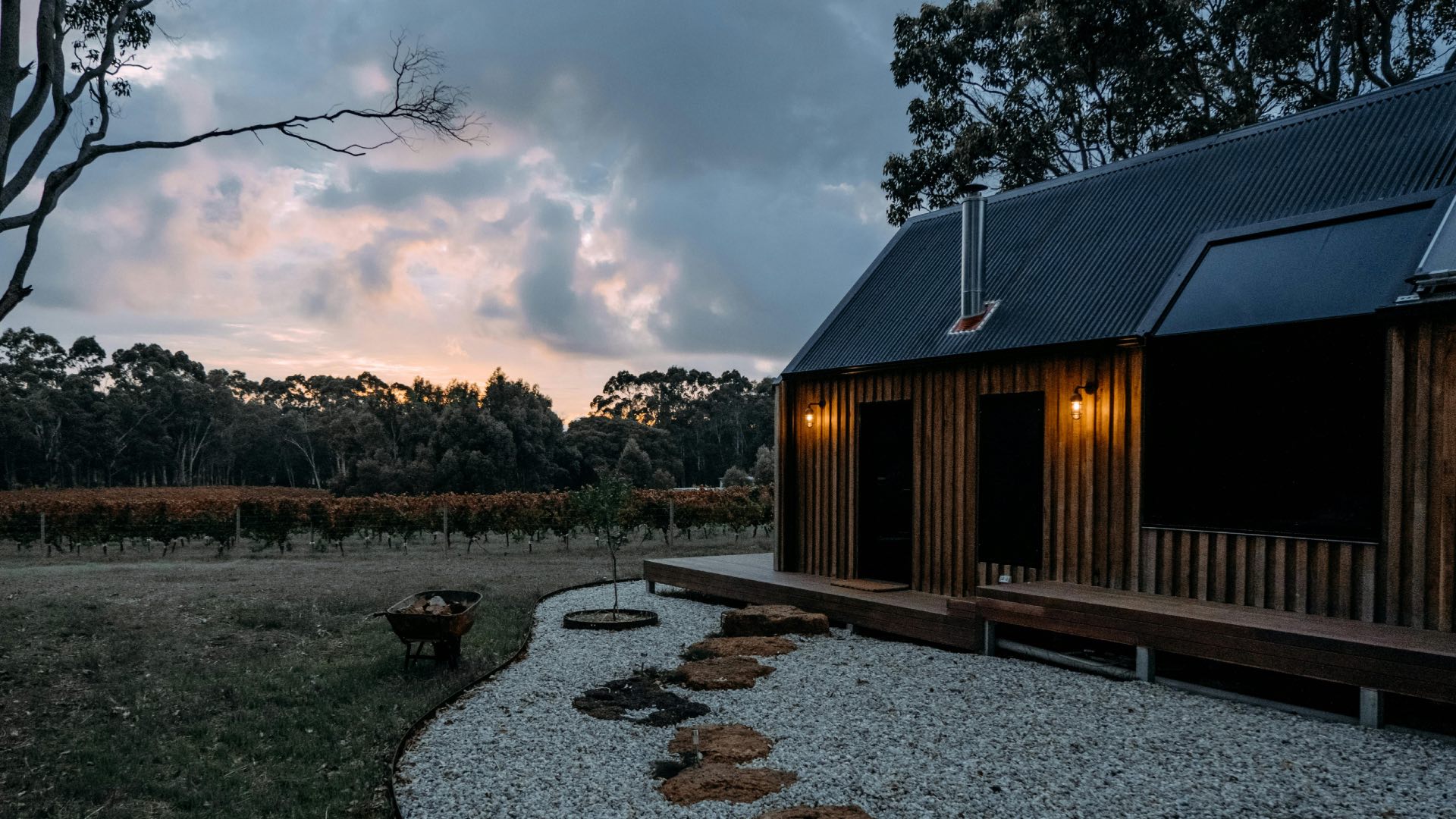What Will Our Post-Climate Crisis Homes Look Like?

In the face of the climate crisis, tomorrow’s homes won’t just serve as familial sanctuaries; they’ll become showcases for innovation and efficiency. These dwellings will safeguard, nurture, and motivate—ultimately harmonizing with their surroundings. Step into the future of living spaces, where coziness aligns perfectly with environmental consciousness.
A sophisticated residence, yet more than merely linked.
No, you won’t have to converse with your refrigerator or instruct your lamp to set the ambiance for dinner. The smartness of the environmentally conscious house doesn’t come from its devices; instead, it’s about how well it can manage its own microclimate. This means harvesting sunlight appropriately, retaining heat only where necessary, and allowing ventilation precisely when required—without needing to push any buttons.
Thanks to bioclimatic design, your home provides a comfortable living space with minimal energy consumption. Room layouts consider sunlight exposure, windows promote natural ventilation, and insulating materials like wood, straw, and earthen products keep things cozy yet environmentally friendly. Say goodbye to chilly, high-energy-use concrete; these sustainable options not only benefit the Earth but also enhance your well-being.
These are houses that coexist with you, understanding that you deserve a healthy, well-regulated, and brightly lit living space, without compromise. to skyrocket your electric bill Or refrain from feeling guilty for each achievement earned.
To stand against is to be present
Flooding, heatwaves, storms... the climate is nothing to laugh at. Therefore, homes built for resilience resemble true flexible protection. They endure impacts while staying attractive, robust, and inviting.
The structures are engineered to soak up extra moisture, their rooftops act as large sunshades to manage heat, and the building materials have the ability to stretch, ventilate, and self-repair. This makes your home perform something akin to climate yoga—flexible but robust.
Certain certifications, like "NF Habitat," take additional steps; they now also ensure the durability and resilience of homes. Honestly, who would not prefer a house capable of withstanding storms while maintaining a dry and peaceful indoor environment?
Living independently: freedom regained
Picture a life where your electricity costs are virtually non-existent. Envision growing your own tomatoes, herbs, eggs, and salads right in your backyard. Visualize capturing rainfall not just for flushing toilets and running washers, but also nourishing your veggie patch. The future household is trending towards autonomy. This isn’t about isolation, but rather enhancing engagement with the broader community.
Solar panels are increasingly common, storing power in home batteries for overcast days, while permaculture vegetable gardens are emerging on urban rooftops and communal patios. This transformation isn’t just an idealistic vision—it’s a movement already taking root within our neighborhoods. Embracing these changes might involve getting your hands back into the soil or revelling in the simple pleasure of harvesting fresh produce from your garden, thereby bringing you closer to nature and oneself.
A haven for every age group
Imagine living not just with your immediate family starting from tomorrow; instead, the new household embraces others too. This crisis-induced dwelling warmly includes elders, young individuals pursuing autonomy, and acquaintances turned comrades among its residents.
Co-housing options are expanding with various models like resident cooperatives, multi-generational sustainable communities, and familial shared residences. Such innovative lifestyles foster unity, knowledge exchange, and communal use. Individuals cultivate produce collectively, fix things together, and age alongside one another—transforming the way we live entirely.
It’s more than just a house; it’s a shared haven. A space designed to combat loneliness, ease concerns about our shifting climate, and provide significance to everyday routines. In an evolving world, the comfort of human connection stands as a invaluable treasure.
In essence, you deserve a dwelling that embodies who you are: steady, inventive, tough, and kind-hearted. This abode should not strain the planet; instead, it must be integrated into its environment. It ought to cater to your requirements, align with your routines, and embrace your yearning for aesthetics and virtue. The family house after the climate crises is neither an eco-fortress nor an idyllic haven suspended from reality. Rather, it’s crafted to nurture you, safeguard you, and facilitate your development. Such a residence serves both nature and humankind foremost.
Post a Comment for "What Will Our Post-Climate Crisis Homes Look Like?"